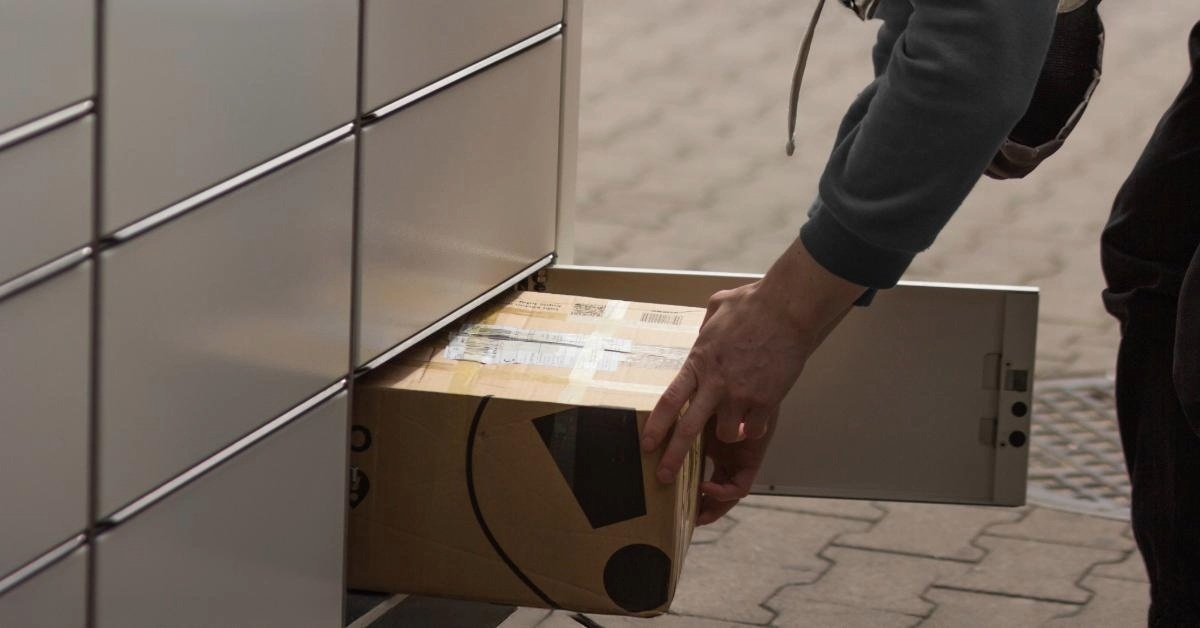The Postal and Parcel industry is looking to the future to determine how it can deliver a greener service with a focus on sustainability and eco-delivery.
From packaging to Postal services, the spotlight is certainly on sustainability right now, and how the sectors can tailor their approaches.
According to figures released in a report by The Climate Group*, by 2030 there will be a roll-out of more than 2.5 million zero-emission vehicles, saving 42 million metric tons of CO2, the annual emissions of 11 coal power plants. In February 2020, The Climate Group also revealed that a lack of supply was one of the biggest barriers to progressing faster in terms of switching fleets to electric vehicles.
A recent World Economic Forum report looking at the typical sustainability-related priorities of cities has asserted that EVs would work especially well with night deliveries, as they make minimal noise. Such a scenario could reduce CO2 emissions by 35%, unit costs by 15% and congestion by 25%.
Although these figures are speculative, what we do know is that the future of the Postal and Parcel market is expected to look very different, especially with a stronger commitment to investing further in EVs by Posts.
Greener transport and automated delivery vehicles
There’s undoubtedly a trend towards greener transport. John Lewis announced a year ago that it will be phasing out all of its diesel trucks in favour of low carbon alternatives. Meanwhile, Hermes is introducing electric vans nationwide after a successful London trial. *
With so much talk surrounding eco-friendly delivery, here is an overview of the different sustainable approaches that are being widely discussed and adopted by companies in the Postal, Parcel and Carrier market.
Back to basics: While it’s exciting to look at some of the technical possibilities for reducing environmental impact, the most immediate and biggest improvement the industry can make is by improving the success rate of first-time delivery. Getting the parcel to the customer in the right place, on time, every time is the ambition, but the industry remains a long way from achieving 100% success.
Postal companies electrifying their entire fleet: Many companies in the industry have started making proactive moves and have found that their electric Postal vans are saving huge amounts on fuel and on maintenance and repair. The increased demand for electric vehicles can be attributed to the growing social conscience around climate change, mixed with economic policies putting a strain on heavily-polluting vehicles. London, for instance, implemented an ultra-low-emission-zone (ULEZ) earlier in 2019, meaning that non-compliant vehicles face daily fees upon entering Central London. EVs not only drastically reduce fleet fuel costs by charging at the company’s depot overnight but also bolster brand image by exhibiting the company as environmentally aware.
Electric load bikes: Delivery companies are always looking for more efficient and cost-effective solutions to getting cargo to its destination. Companies have started to modernise their fleet and look to alternatives and stronger investments in EVs. Bikes are no longer used just for sports, recreation, and transportation, instead, they are powered with batteries and used as an effective method for parcel delivery. Is replacing small cargo trucks with electric bikes a viable solution?
Renewable fuels: Despite growing attention on clean energy, fossil fuels still account for 80% of global energy consumption and 75% of greenhouse gas emissions. Several natural gas vehicles are already available on the market. Compared to diesel, the main advantages are fewer GHG emissions, fewer NOx emissions, lower TCO and quieter engines.
Automation: At the “last mile” end of the delivery scale, robot delivery innovations were launched at last year’s Consumer Electronics Show (CES), where zero-emission hydrogen-powered bikes were on show – a potential option for couriers. Robots and electric vehicles are already in use in the first mile, picking and posting items in warehouses, so why not get them doing the same at the other end of the journey? The thought of a robot delivering your parcel may sound far-fetched, but if concepts by more companies become a reality, such delivery tactics would be emission-free and appeal to eco-conscious purchasers!
Underground delivery: Other autonomous solutions which promise to be more environmentally friendly, include moving goods underground. This takes vehicles off the roads, easing congestion, plus reducing the time it takes to get goods to the customer. Major players putting through concepts for underground delivery include the UK’s Magway, Germany’s Smart City Loop and Switzerland’s Cargo Sous Terrain – each offering last-mile delivery benefits. The likes of Magway also claim that companies can use their last-mile solutions more efficiently – be it electric bicycles, electric delivery vehicles, drones or traditional vehicles.
So, what progress is the Postal, Parcel and Delivery market making in accelerating sustainable initiatives?
The transition to electric vehicles does seem to be a main focus. The Climate Group’s EV100, a global initiative aimed at converting businesses globally to using electric vehicles (EVs), has been strongly encouraging Posts to get involved as well. They are inviting companies to join the EV100 and commit to electrifying their fleets by 2030, which can include full battery-electric vehicles, hydrogen fuel-cell vehicles, as well as plug-in hybrids/extended range vehicles with a minimum of 30 miles/50km purely electric range. Swiss Post for example is optimising eco-friendly same-day delivery. Deliveries are made with CO2-neutral small electric vehicles, and they are also testing processes for delivering items in original packaging. However, a main barrier to changing many of these positive “green delivery” initiatives, as cited by Parcel and Postal Technology International (2020), is the lack of supply on the market for high volumes to be invested and options for commercial EVs. There is a cost barrier with acquiring new EVs and the related charging infrastructure costs.
The market is believed to be changing, and although the recent pandemic may have stalled some plans, the outlook is positive as more focus and investment is being put into the development of larger EVs. It is also hoped that as more manufacturers offer a wider range of EV vehicles, an increasing number of new EV charging solutions will also be provided, to speed up developments. According to Sandra Rolling, Head of EV100 Initiative, “Going electric is a no-brainer for posts, for the climate as well as economic reasons…if we are to stand a chance of keeping climate change to a manageable level”. There’s undoubtedly a trend towards greener transport, which should continue as diesel engines are phased out, and as EV infrastructure improves, Carriers will be prompted to innovate as a necessity.
To conclude, many posts are joining the EV100 movement, to get ahead of the curve and ensure their business is set up for the future. As Carriers are being encouraged to innovate through necessity and explore “greener” options, HypaShip is keen to help guide you in adapting your processes and investing in new technology. This could help you to; get a better handle on sustainability, improve delivery efficiency and perhaps improve communications with customers, which can decrease the likelihood of failed deliveries.
Get in touch with HypaShip today to see how we can help you frame your approach, looking to the future with alternative delivery solutions and increased delivery success rates.
October 2020





